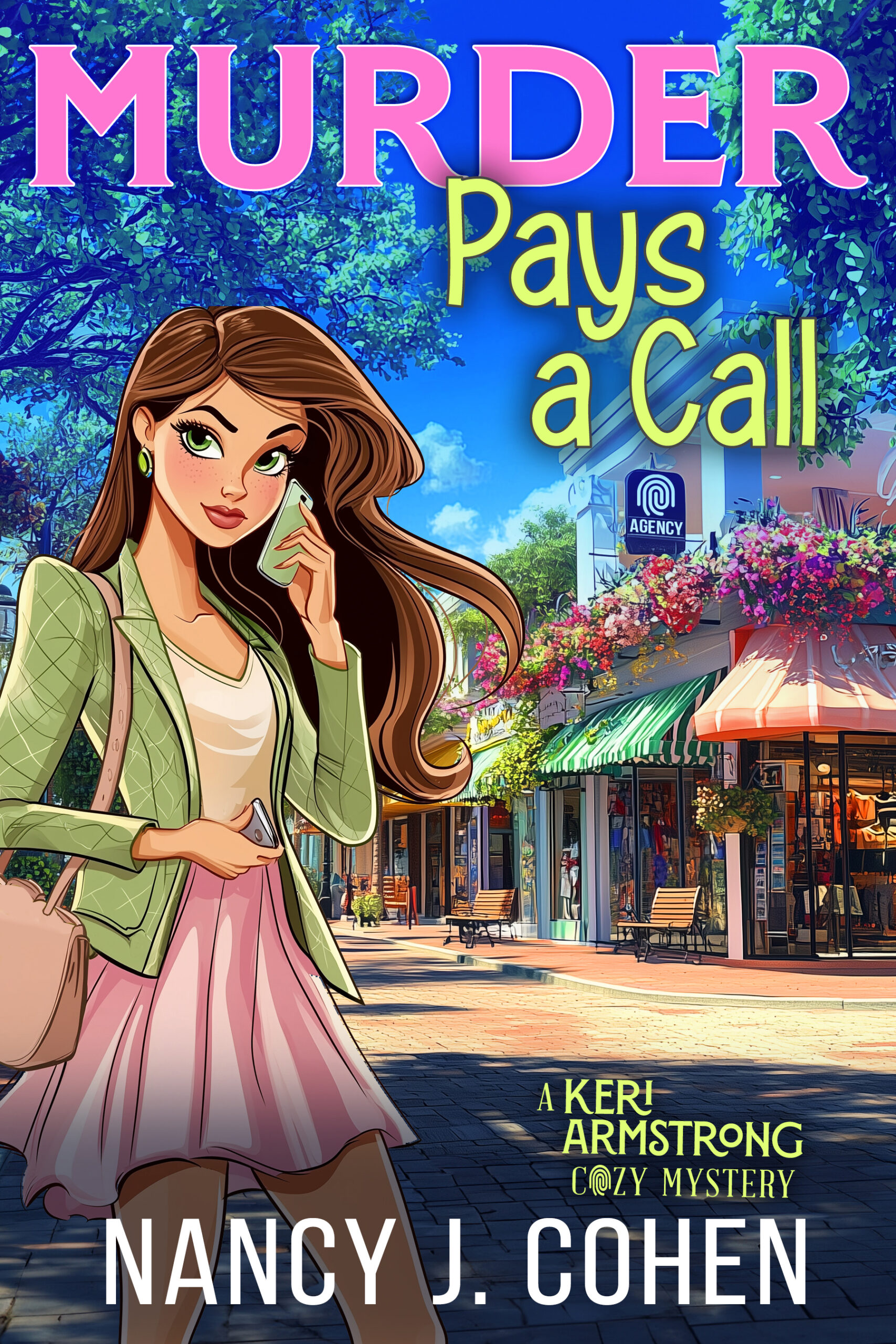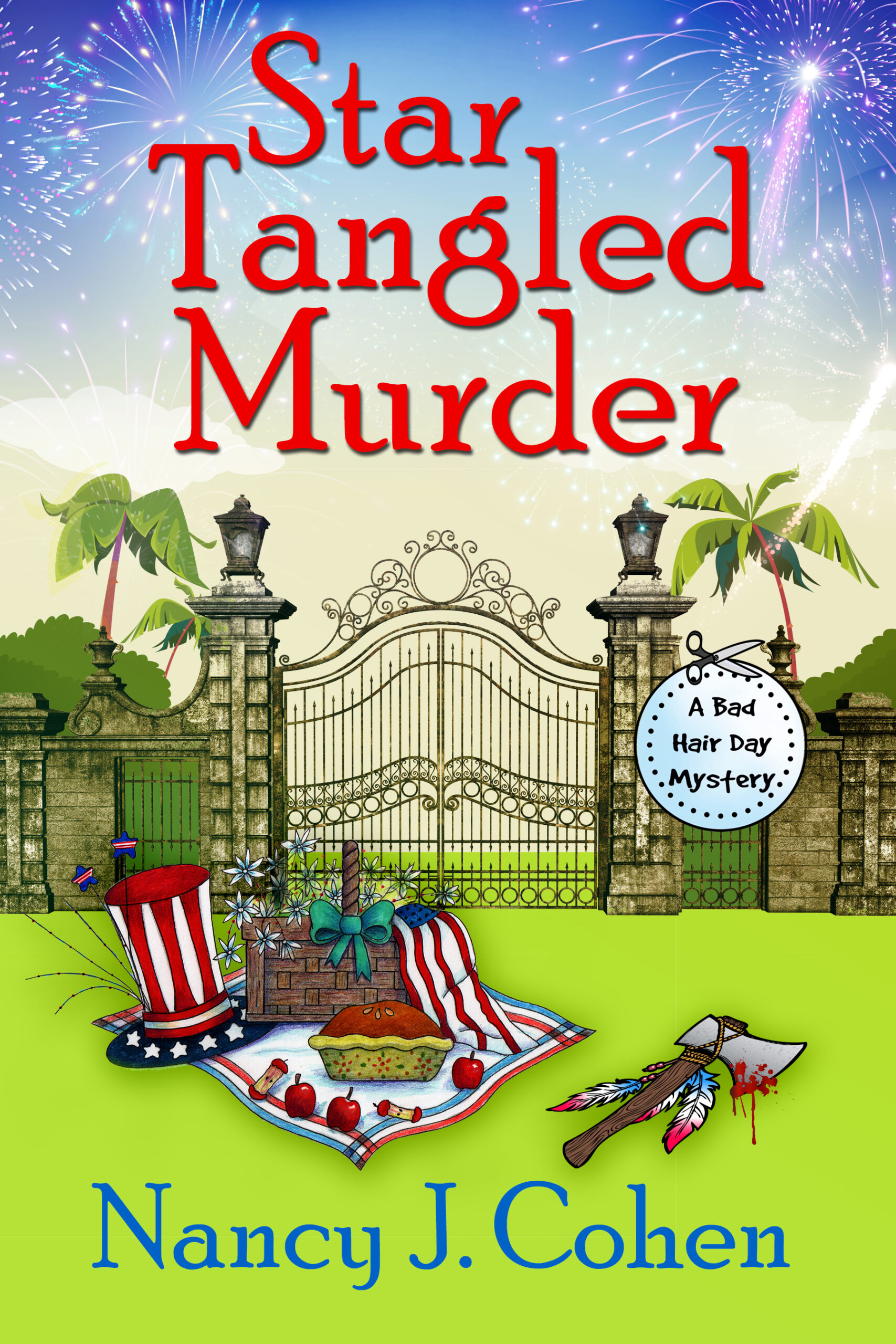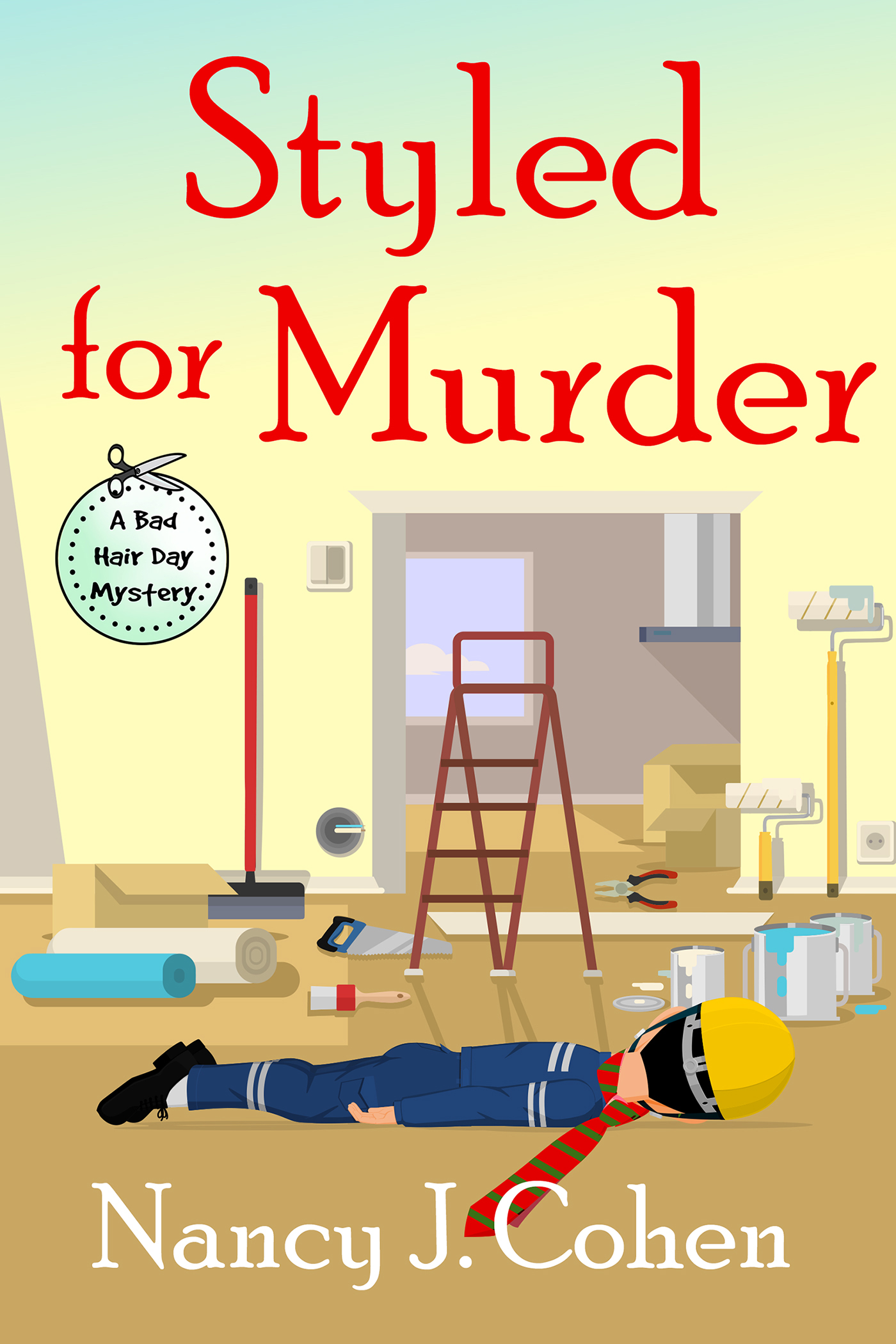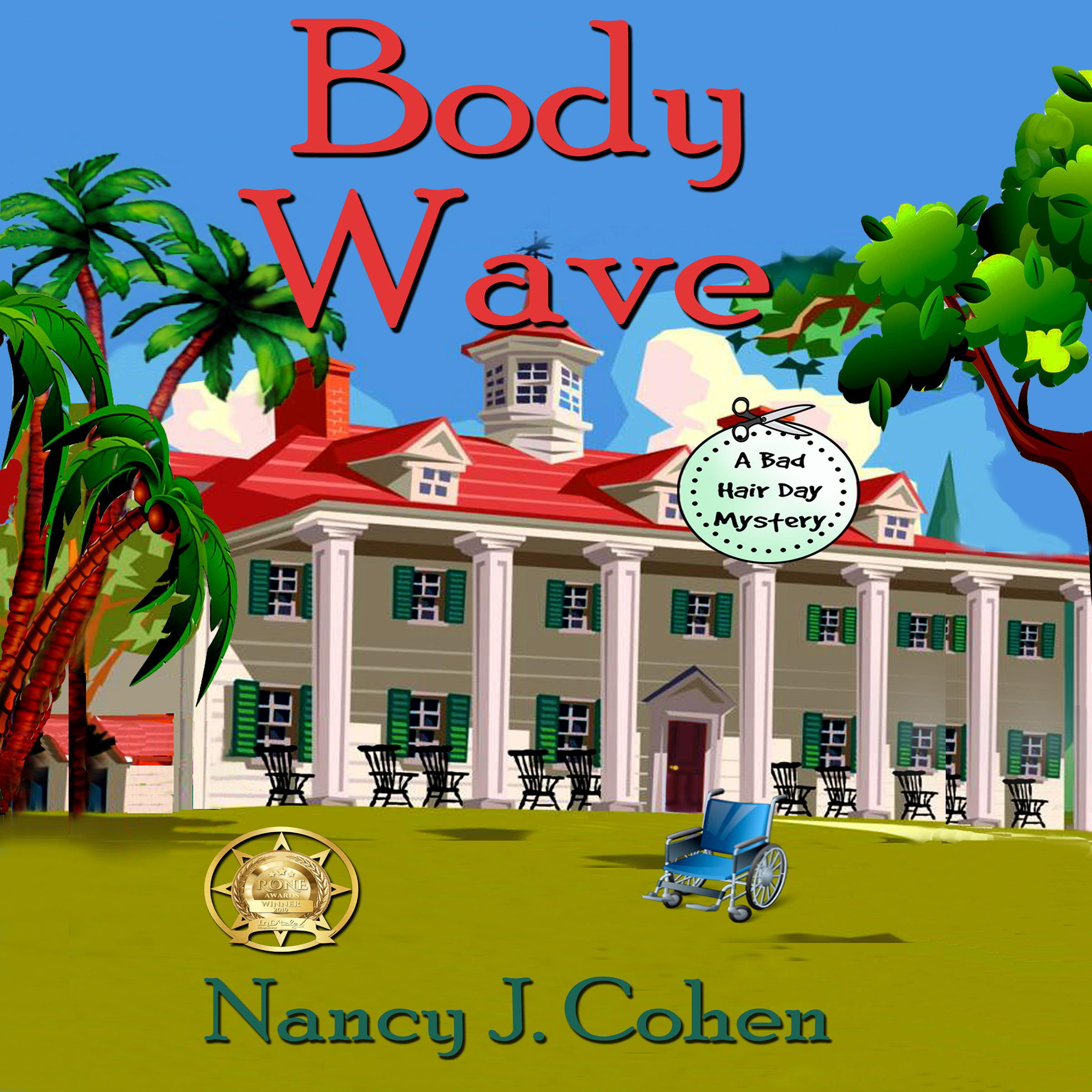Epcot Experience
We had the opportunity as WDW Passholders to preview Remy’s Ratatouille Adventure ride at Disney World’s Epcot theme park. Getting there was a hike. The trams weren’t running in the parking lots, presumably due to Covid changes, and so we had to make a trek in the heat to the gate. The entire front part of this theme park is being renovated, leading to long detours to get to World Showcase at the rear. Wear your sturdiest walking shoes if you plan to come. Here I am geared up. Besides my sun hat, I have on a rechargeable portable fan around my neck to keep me cool in the heat and a water bottle holder purchased at the Animal Kingdom.
On our way around World Showcase, we stopped at the Noodle Exchange to sample a bowl of Shrimp Coconut Curry Rice Noodles with Shitake Mushrooms and Thai Basil. Basically, we got three shrimps and a bowl of spicy broth with noodles. I didn’t care to fill up on a bowl of what was essentially chicken noodle soup, so I ate the shrimp and took a few spoonfuls of the broth. This satisfied my stomach until later, but by then it was too hot under the sun for me to have an appetite. I’ll come back to the Epcot Food and Wine Festival when it’s cooler out.
Since it wasn’t time yet for the ride, we stopped into the Beauty and the Beast Sing-Along, a new attraction in the France pavilion. In a quiet, air-conditioned auditorium, you sit and watch an abbreviated version of the animated film unfold for approximately fifteen minutes. Closed captions encourage you to sing along with the characters, or you can sit back and relax and enjoy the music. It’s definitely worth a stop to experience this happy, feel-good experience. Here is Belle outside posing for photos.
At our appointment hour, we headed to Remy’s Ratatouille Adventure to check in. We still had to snake through a line for about twenty minutes to enter the building. We noted a new Crepe restaurant next door that was bustling with customers. Once inside the Ratatouille ride, we wound through darkened corridors with these scenes.
Then we were herded into mouse cars. A safety bar lowered, and we swerved away from the dock on our trackless vehicle. Here we donned 3-D glasses and became part of the film. It was awesome how the effects were done. You really felt you were inside this house and careening through the kitchen, even scooting under the ovens with a hot blast of air. Twice we got spritzed with water as part of the action. All too soon, the ride was over. It swirls around a bit but it’s not jerky. If you keep your eyes on the visuals, you’re fine. It’s really an amazing technology, and I hope we’ll see more experiences like this one.
As we strolled through the rest of World Showcase, several Disney heroines made their appearances. Besides Belle above, here are Snow White, Princess Jasmine, and Alice in Wonderland.
We heard a mariachi band by the American pavilion. Back in Future World, we ducked by the new Space 220 Restaurant, which is already booked out 60 days in advance. You don’t need a reservation for the Lounge but be prepared to wait in line for an indeterminate time if you plan to visit the space station restaurant.
Gold statues of various characters are spotted around the park to commemorate Walt Disney World’s 50th Anniversary. A long trek back to our parked car ended the day. We were happy but tired. I’m hoping the trams are running again by our next visit.


































































